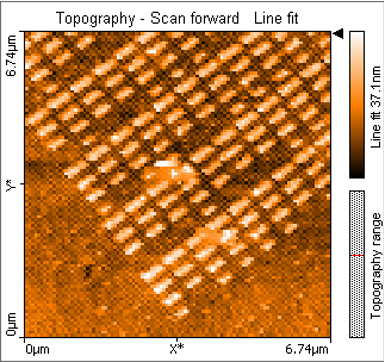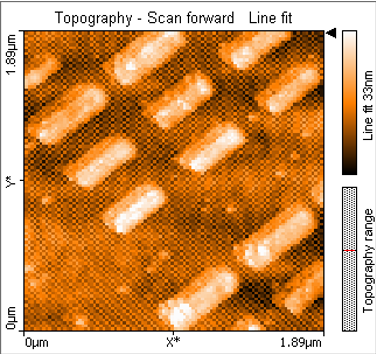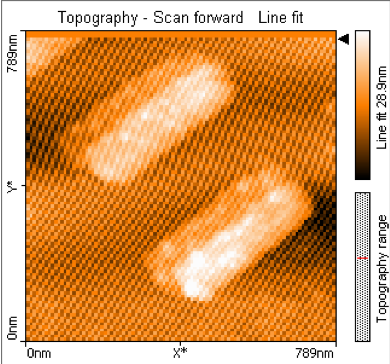Jerome Brone
Advised by Svetlana Lukishova
Background
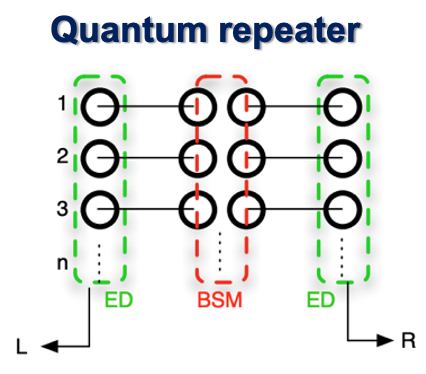
Single-photon sources are important components in quantum communications systems. Although secure quantum communication can be achieved over short distances with classical sources, single-photon sources are essential for long-distance quantum communication due to losses in communication channels. Using single-photon sources, quantum repeaters can be used to transmit signals over long distances. For quantum repeater protocols, single photons must be indistinguishable. Photon indistinguishability is hard to achieve at room temperature. Many single-photon emitters are in the visible spectral range, and so narrow resonances must be achieved in that range as well.
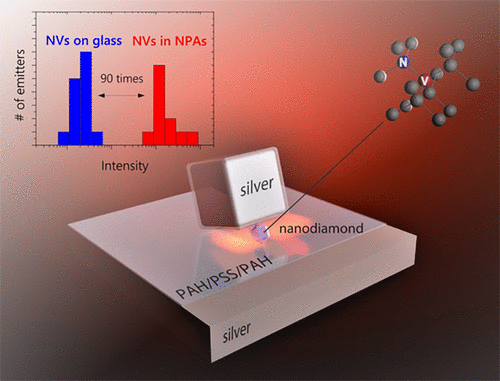
Out of all the plasmonic nanostructures, the highest increase in emission rate and enhancement in fluorescence intensity were achieved using metal plasmonic patch nanoantennas, in which an emitter is placed in a nanoscale dielectric gap between a metal mirror and a metal nanoparticle. Plasmonic nanoantenna array metasurfaces which product narrow resonances may be used to make the linewidth of the photons narrow. Plasmonic patch nanoantennas as elements of such arrays can both enhance the emission rates of the photons and cause the linewidth to be narrow. The goal of my research is to model and investigate plasmonic nanoantenna array metasurfaces with narrow resonances in the visible range, as well as investigate plasmonic nanoparticles which can be used for nanopatch antennas.
Objective
Modeling and investigating plasmonic nanoantenna array metasurfaces and colloidal plasmonic nanoparticles towards creation of indistinguishable single photons.
- Numerical modeling of plasmonic nanoantenna array metasurface with very narrow lattice resonance in visible spectral range.
- Examination of colloidal plasmonic nanoparticles, nanoantenna array metasurfaces, and emitter nanocrystals with atomic force microscopy.
- Fluorescent and spectral measurements of colloidal plasmonic nanoparticles, single emitters and emitters with plasmonic nanoantenna array metasurfaces.
Single Emitter Samples
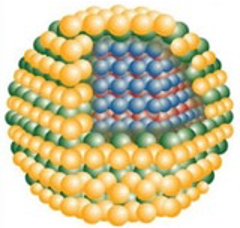
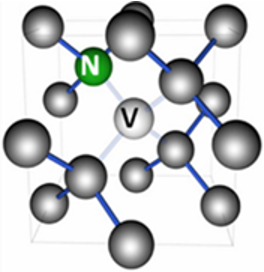
Characterizing Plasmonic Nanostructures


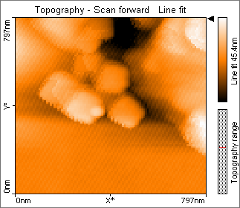
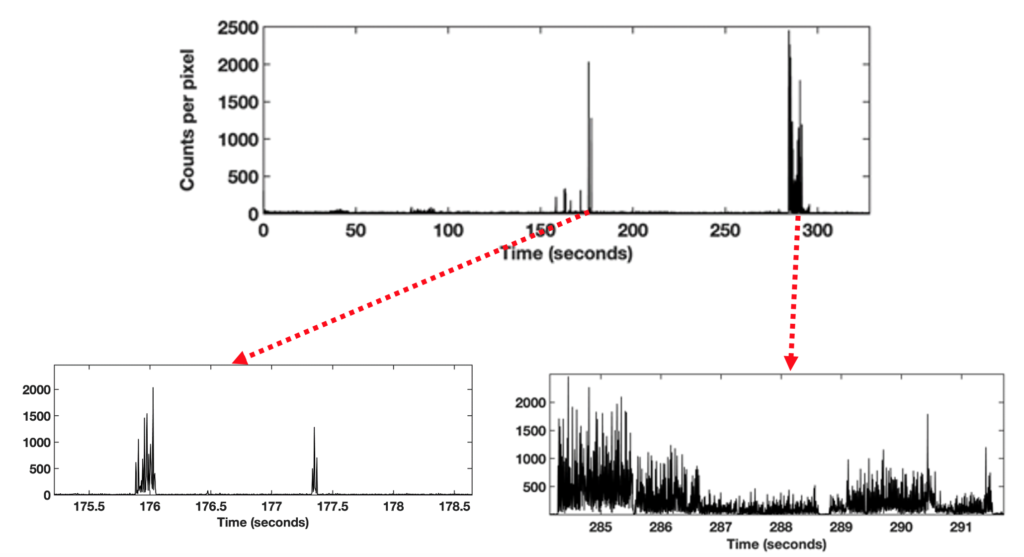


Characterizing Single-Photon Emitters
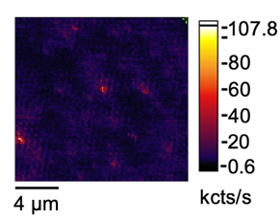
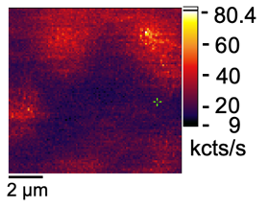
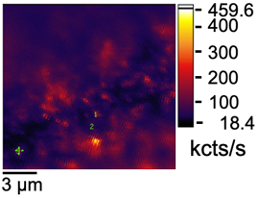
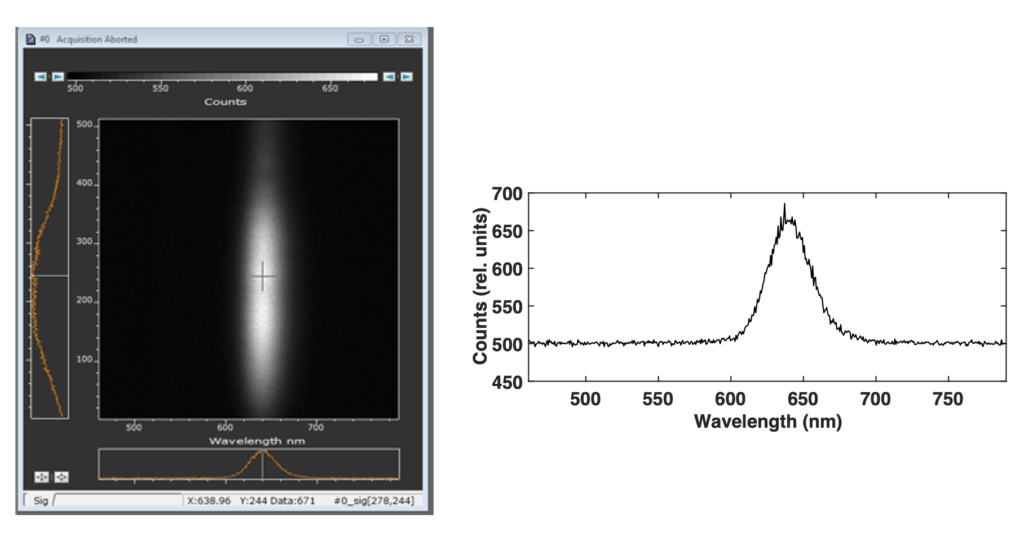
Numerical Modeling of Plasmonic Nanoantenna Array Metasurfaces
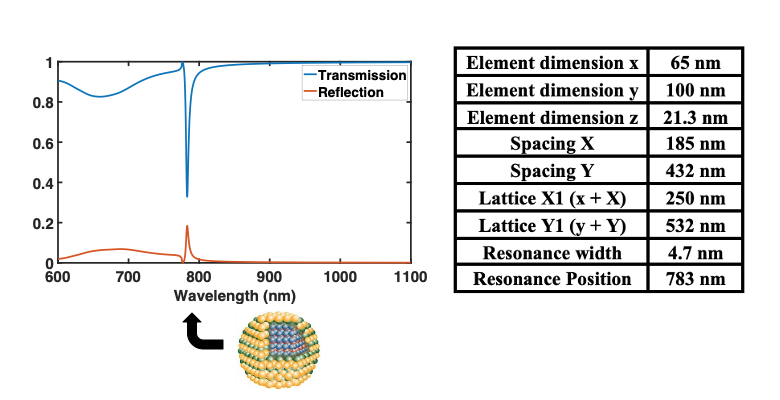

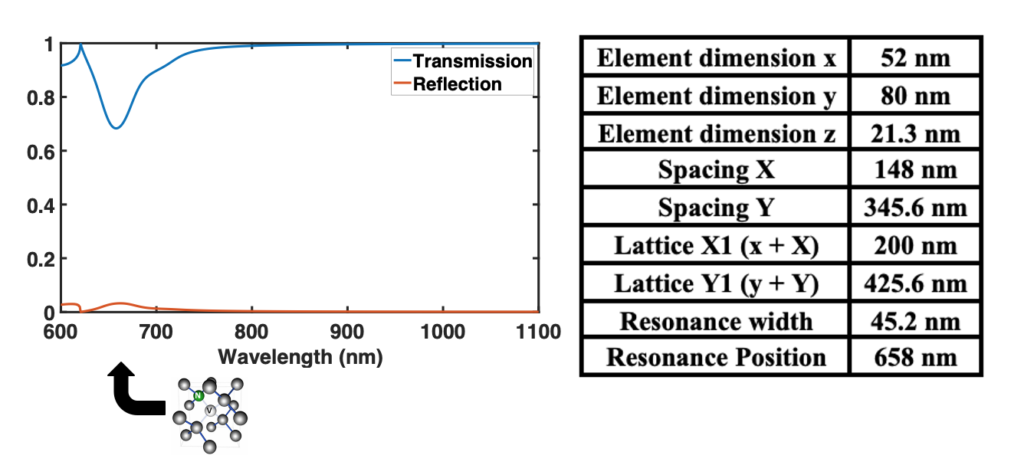
nanodiamond
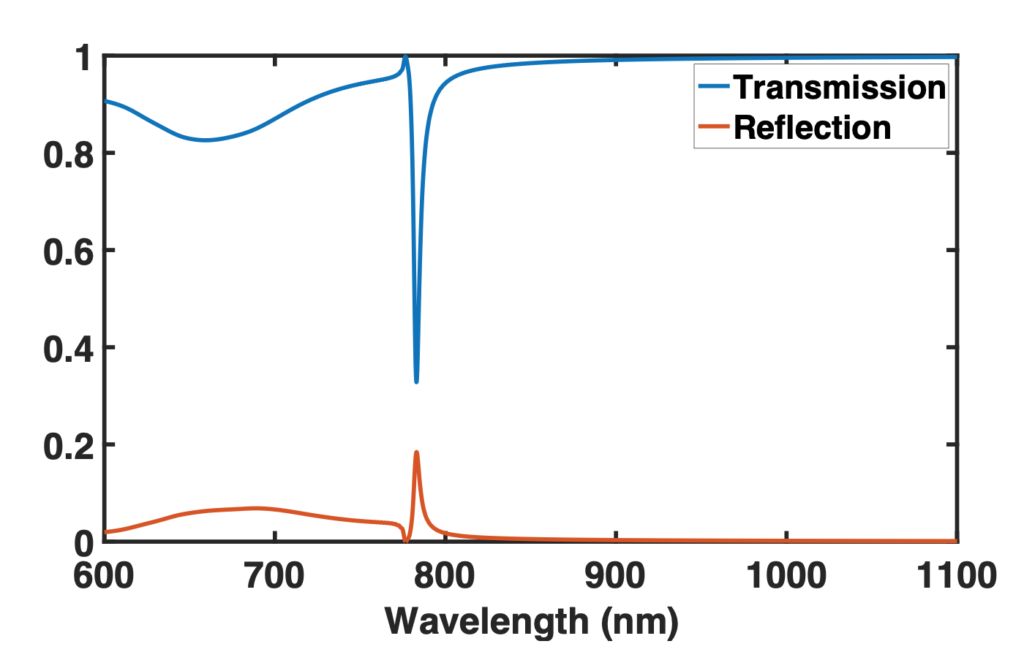
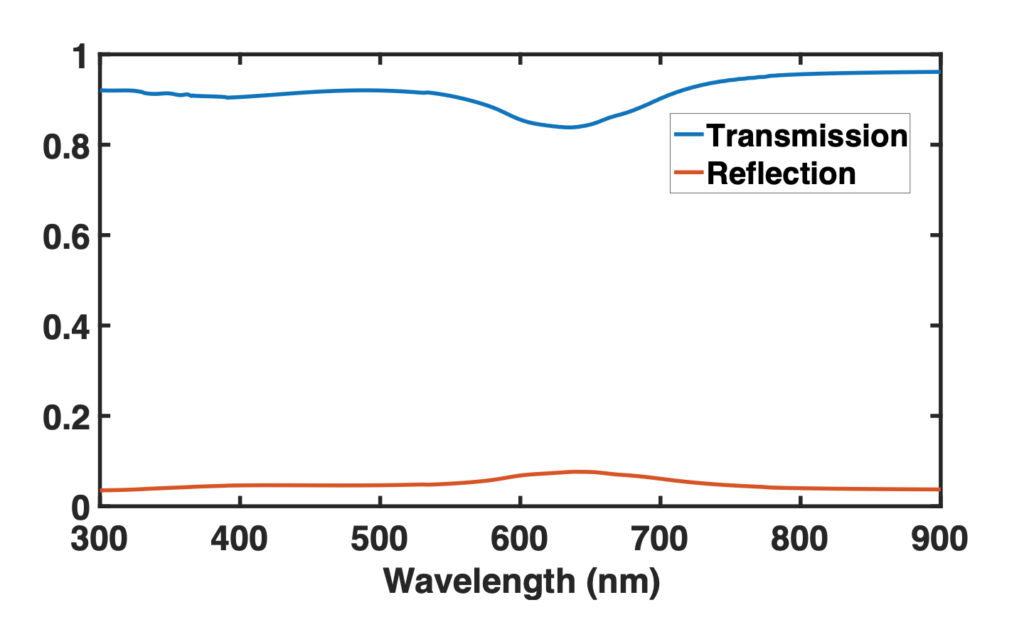
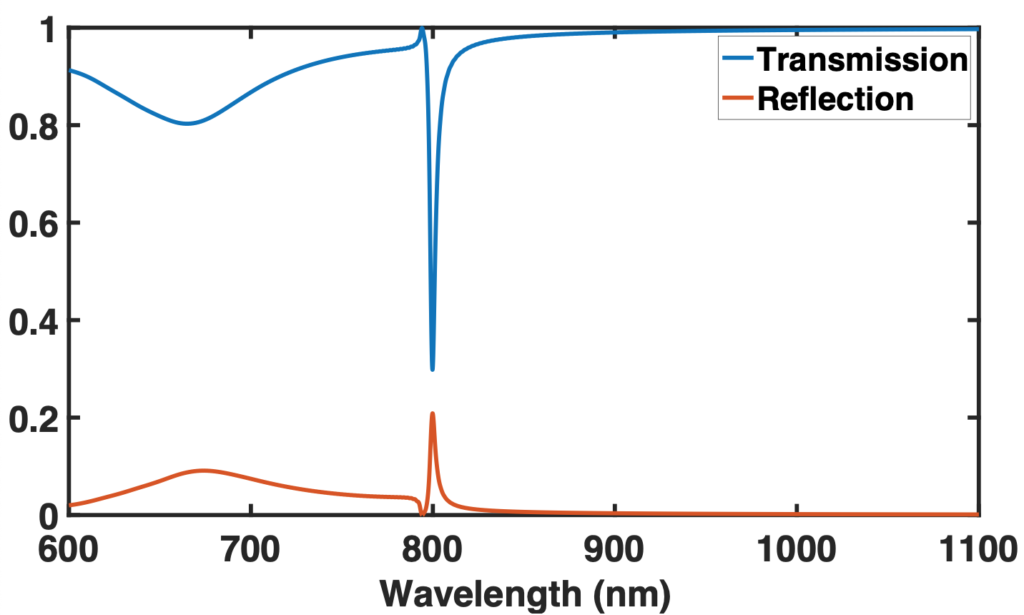
Gold 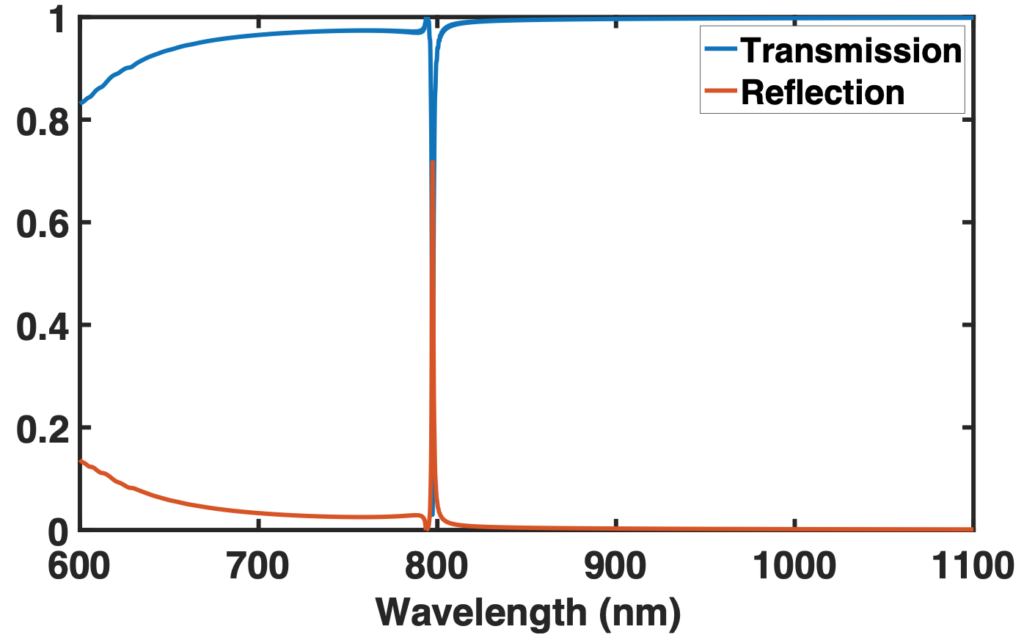
Silver 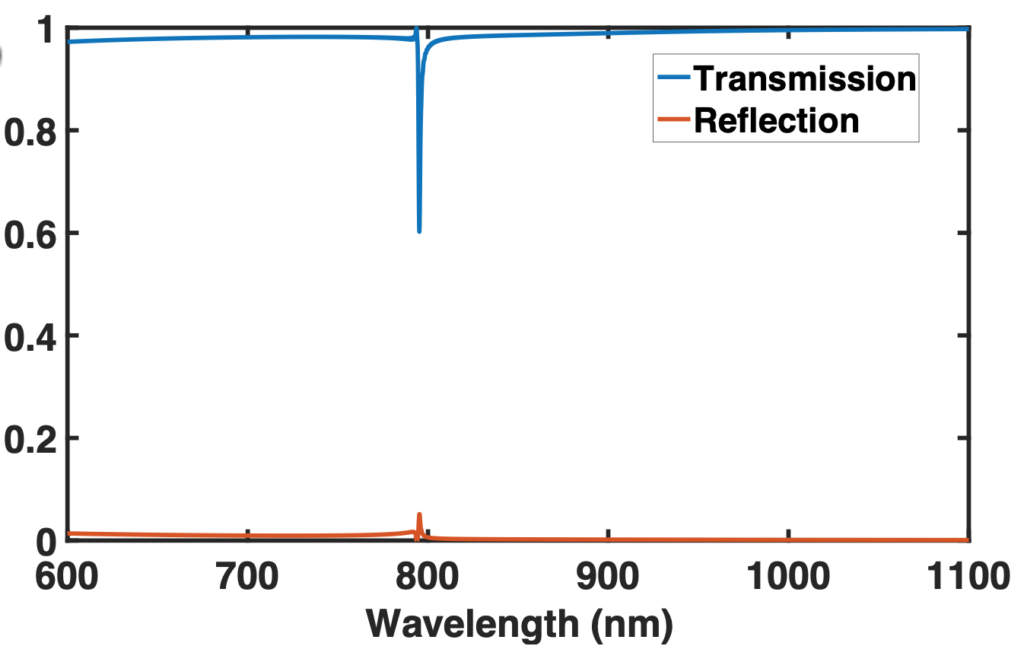
Aluminum 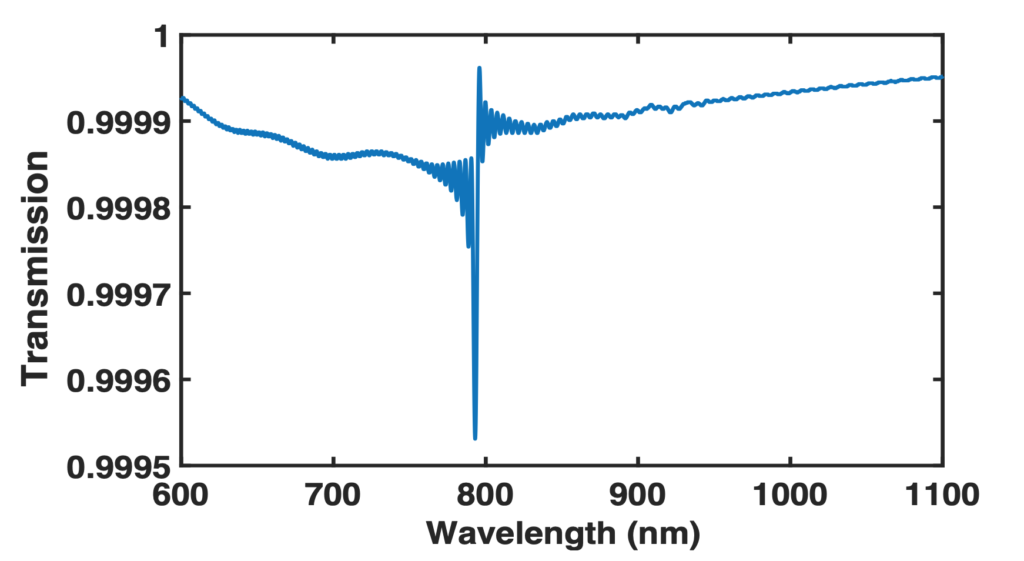
Al2O3 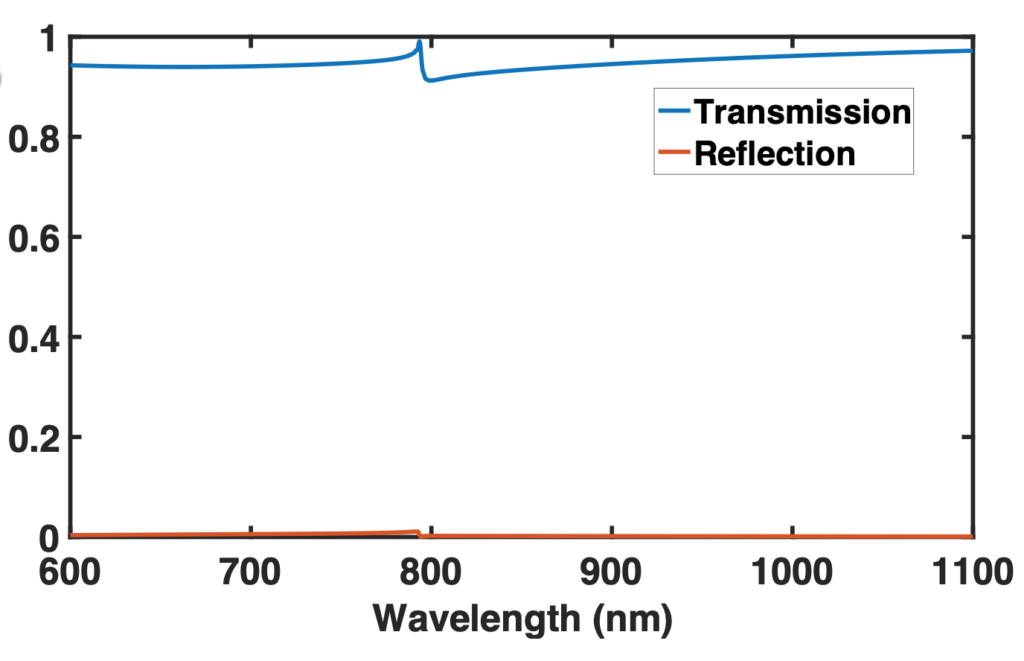
TiN 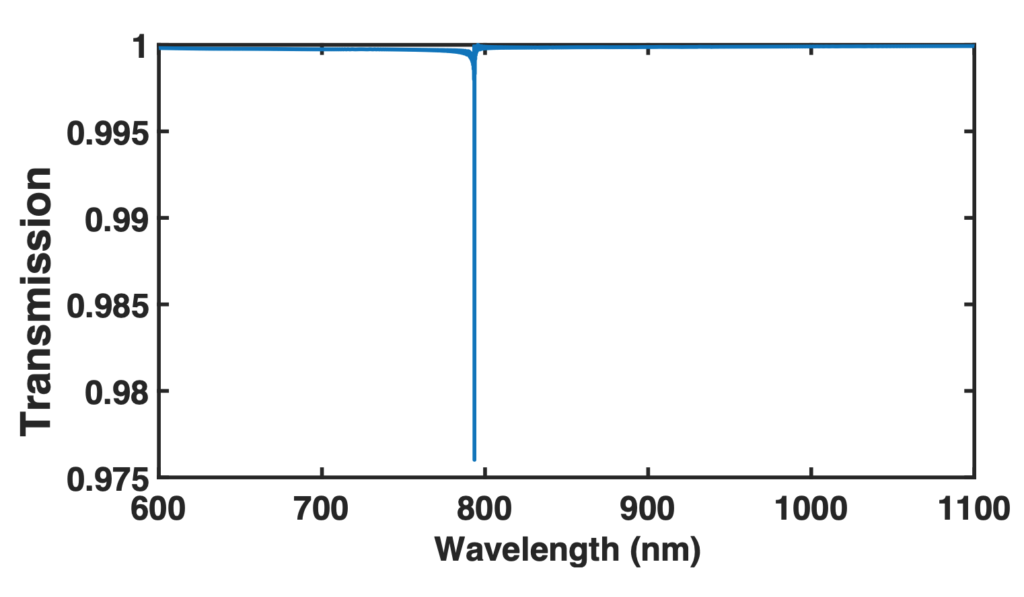
TiO2
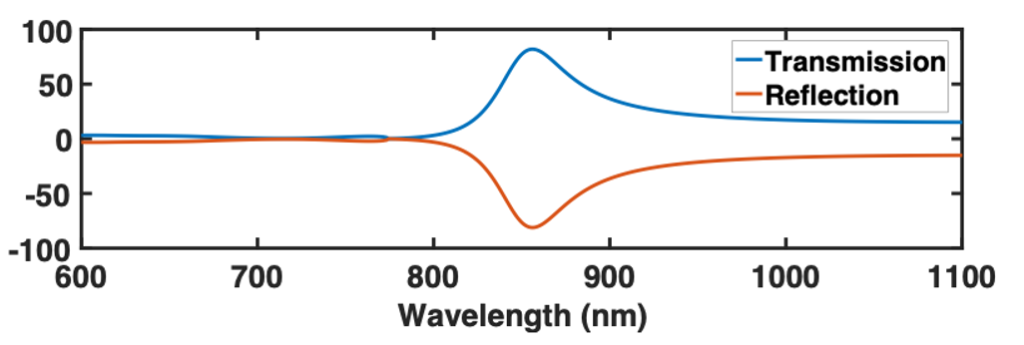
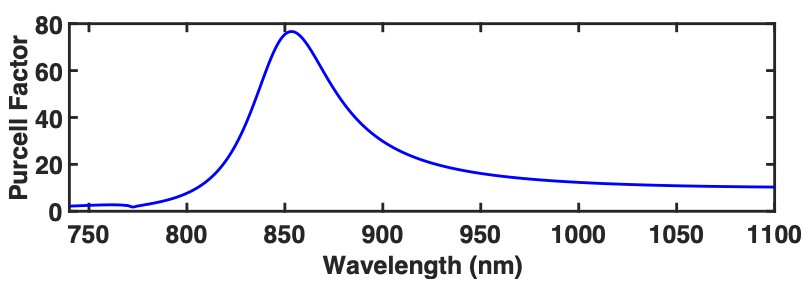
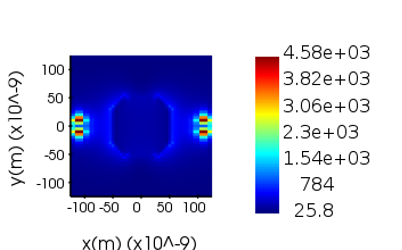
Conclusion
- Characterization of emitters and nanostructures through spectral imaging, fluorescence, and atomic force microscopy
- Observation of unusual intensity spikes and stepwise change in photoluminescence
- Change in time of photoluminescence spectra of silver nanocubes with Raman scattering
- Simulated narrow resonance at NQD wavelength and wide resonance at nanodiamond wavelength
- Observed independence of resonance position on array element material
- Gathered electric field and Purcell factor data using simulated dipole source

